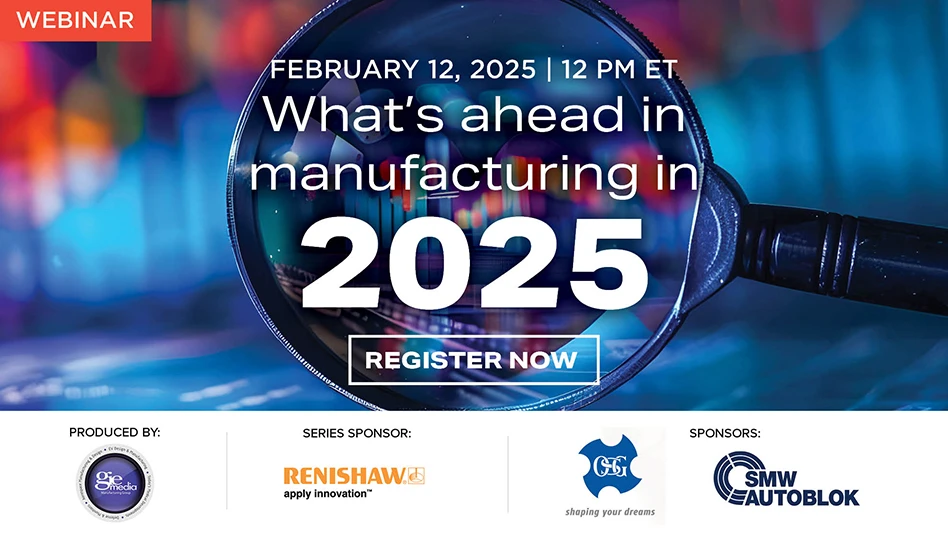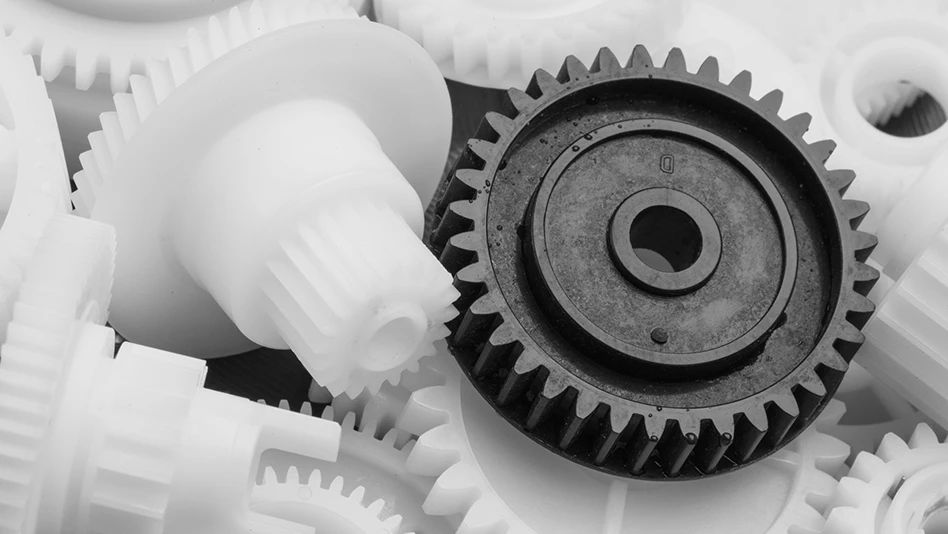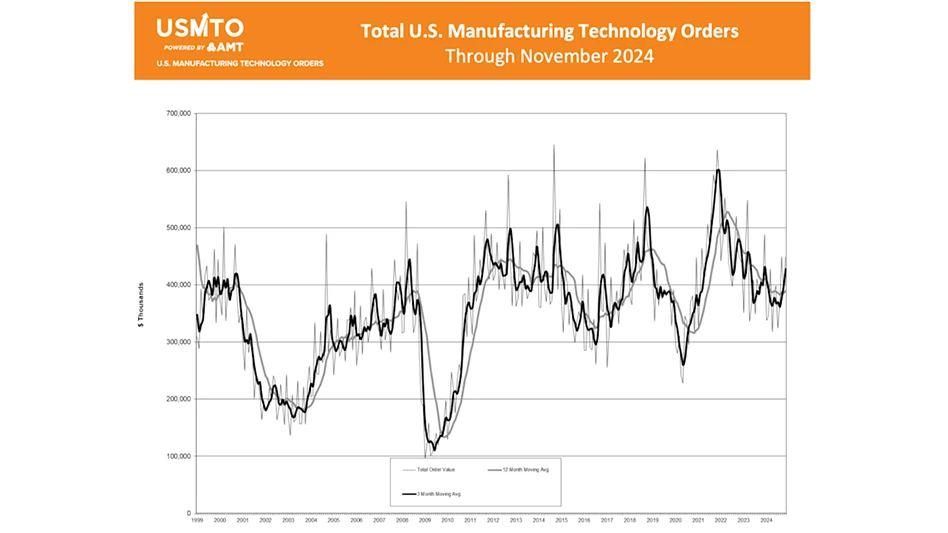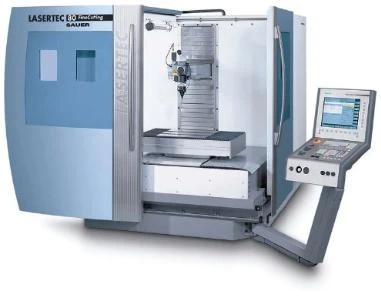
In the medical industry, machining advanced materials is a challenge. But thanks to two new technologies, shops not only tackle such materials as ceramics, glass, silicon, carbide, hardened steels, and sapphire, they potentially increase productivity, precision, surface quality, and machinable workpiece geometries.
The two technologies are Ultrasonic and Lasertec machining from DMG, and the company o f f e r s a s e r i e s o f m a chines in each. In the Ultrasonic series, machines include the Ultrasonic 35, 50, 505, and 705, while Lasertec units are the Lasertec 40, 60 HSC, 80 FineCutting, and 80 PowerDrill. Both series are wellsuited for manufacturing hipjoint balls, knee joints, dental crowns, and bone substitutes.
Ultrasonic machines convert mechanical motion into oscillating motion using DMGs Ultrasonic spindles. The tool mount accepts ultrasound capable tools and ensures the transfer of the oscillation from spindles to diamond tools. Tools vibrate at 20,000 times/sec and remove micro particles from workpiece surfaces.
This continuous vibration means that tool and workpiece are always physically separate. Consequently, process forces are reduced to protect the material for an improved surface finish and long tool life. Coolant through the tools core and its rotation deliver optimum disposal of removed material.
For endoscopyhousings (shafts), surgical instruments, and implants, Lasertec machines deliver 2D and 3D lasering, drilling, finecut lasering, welding, and a combination of HSC milling and laser machining.
The machines are accurate to within 0.00039 in., position at speeds up to 4,724.4 ipm, and accelerate at 1.5 G. On Lasertec 80s, customers can choose their laser source. An Nd:YAG solidstate laser integrates into the machine model as easily as a CO2 system. At any point, laser type and power are configurable to the requirements of every application, not only in regards to quality and speed, but also material.
DMG
Schaumburg, Ill.
http://www.dmgamerica.com
Circle 71
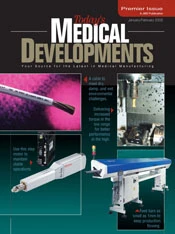
Explore the January 2005 Issue
Check out more from this issue and find your next story to read.
Latest from Today's Medical Developments
- Midwest DISCOVER MORE WITH MAZAK
- Reshoring survey to provide insight for US industrial policy
- NB Corporation of America's ball splines
- Zimmer Biomet to acquire Paragon 28
- Industrie 4.0 award for Paul Horn GmbH
- CMMC requirements and your business
- Stryker exiting spinal implant business
- Perfecting the manufacture of microscopically thin films for tech, medical applications
